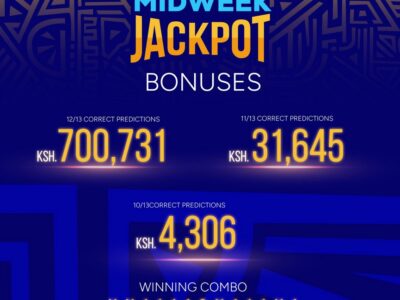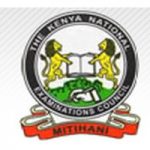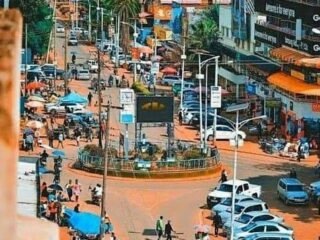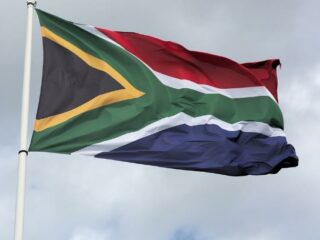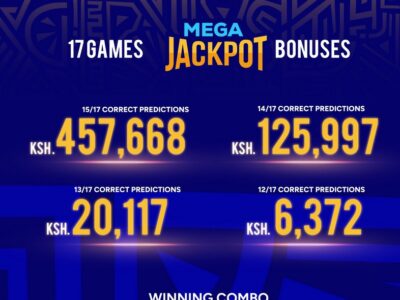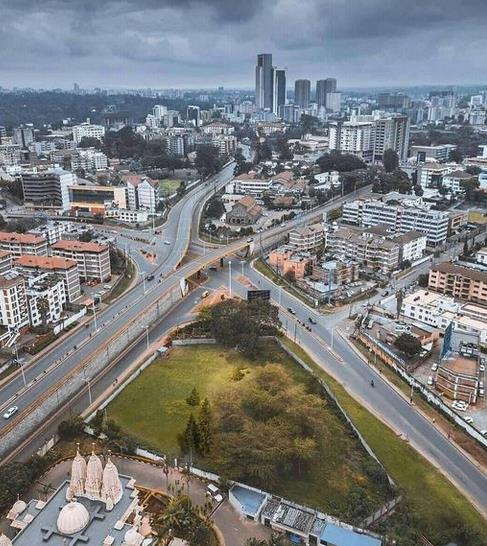
This article about taxation in Kenya is trending. Read carefully and be the judge:
The tax burden on the 16% Kenyans who work on the formal sector is on another level.
While we have about 17.4 Million Kenyans in the employment, only about 2.8M (or 16%) are in the formal employment (KNBS, 2021)
The 16% bear the biggest tax burden especially due to the PAYE which is deducted at the source.
Let’s demonstrate the case with a Kenyan called Elijah working in the formal sector and earns 100,000/= per month (the average earning in the formal sector is 66,000/= per month so Elijah is privileged to have a higher income)
With the 100,000/= that Elijah earns; ~22,000 is PAYE (1), the balance is now 78,000/=. He has to balance this!
Elijah has a Toyota Axio he bought on Loan. To cover the month, one tank is sufficient and costs about 7,500/= (55Lx135), but about 3,300/= is TAX (2).
He can decide to use the Matatus, but no difference since he pays about 150/= in the rush hour which coincides with his working time (300x25days=7,500/=)
The Toyota Axio that Elijah drives was imported from Japan at about 1.2M and of this, about 440,000/= is TAX and assuming a repayment of 5 years, then 7,500/= goes to TAX every month (3)
Elijah stays somewhere in Kahawa West in a 2-bedroomed house which goes for 15,000/= per month and 10% of this is TAX (4) ie. 1,500/=
Every month Elijah does a shopping worth 15,000/= including buying the cooking gas and food, but of this amount, about 2,500/= is VAT TAX (5)
Elijah also buy 100 electricity units to run the month at a cost of 2,500/= but again 1,000/= is TAX (6)
Every month Elijah is spending about 10,000/= on other necessities including clothing for his family, airtime, pay TV, errands etc. and again about 2,000/= is TAX mainly VAT (7)
At the end of the month, Elijah has spent about 70,000/= from the 78,000/= after PAYE. This means that he has only about 8,000/= left in the pocket. But wait!!!
Cumulatively, Elijah has also paid TAX approximated as 40,000/= which is about 40% of the income! Okay!!
Back to the balance of 8,000/=, Elijah will be required to pay school fees for his two children, and since in the hood there is no public primary school, he has no option than to pay for them in a private school.
But even if a Public Primary School was available, the quality of education is compromised. A class has an average of 60 pupils and 1 teacher is attending to these 60 pupils. So, to give the kids a decent education, he has to take them to a Private Academy
But remember, he pay this tax to get better services from the Government.
Unfortunately, he can’t get a public school in the hood, and most frustrating is that the children and grand children to the CS Education, Deputy President, President, CSs etc are in Private Schools
Elijah will need to buy school books and with CBC, he is even spending more on other random requests from the school.
Elijah will also be required to cater for medical expenses and although he has a medical scheme from his place of work, its requires him to pay 20% as a co-payment
Again, in his hood there is no public health facility and hence will still be required to go to private health sector.
And if any Public Health Facility is available, the services are suboptimal, but his 40% of income is meant to improve these services to better serves
Our young man is now operating on a negative account.
He also has some additional responsibilities of supporting his aging parents back in the village since agriculture is not giving any returns that they cannot rely on!
Time to re-think the tax models. The base has to be spread and service delivery by GoK has to improve in tandem with the tax paid



